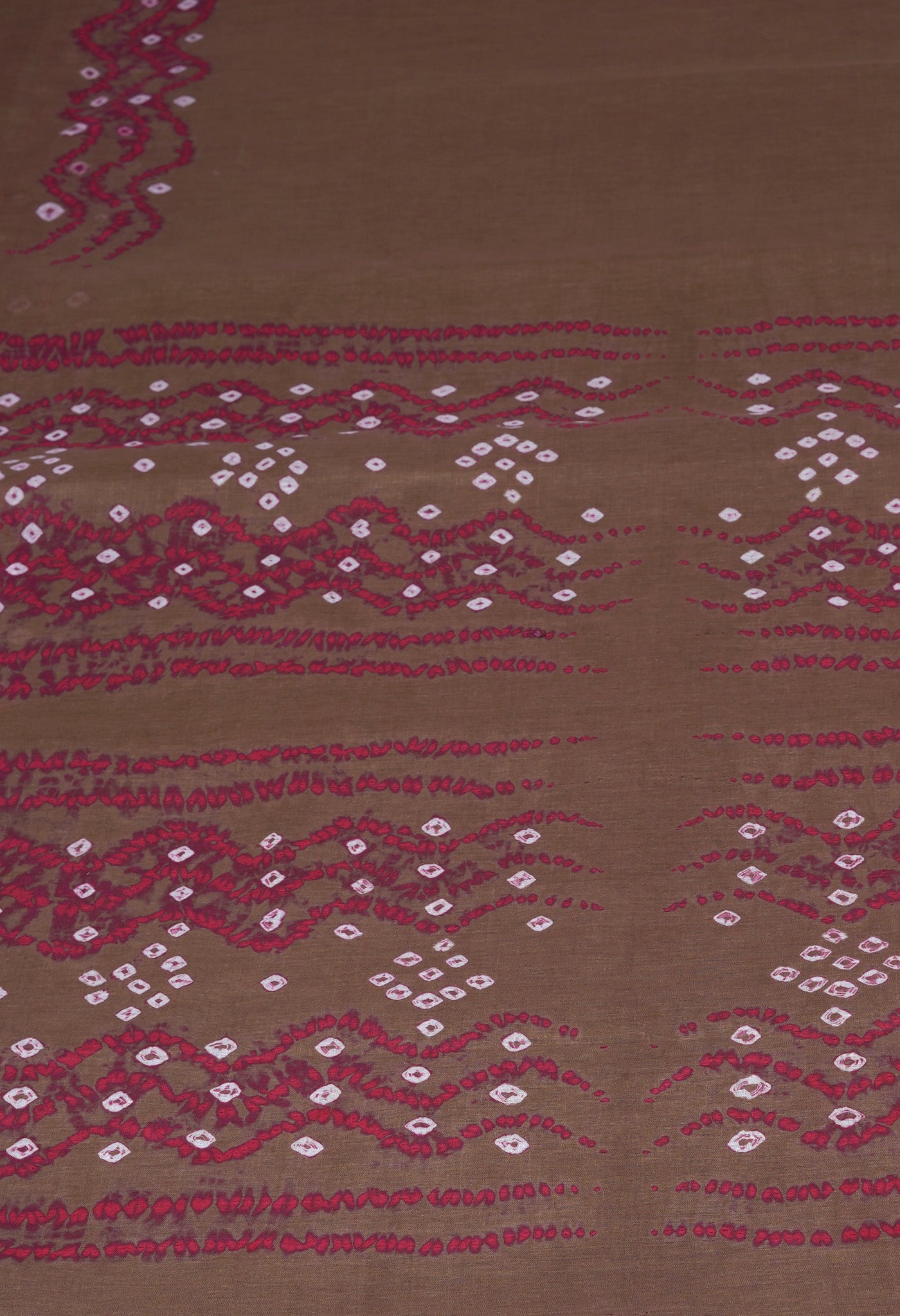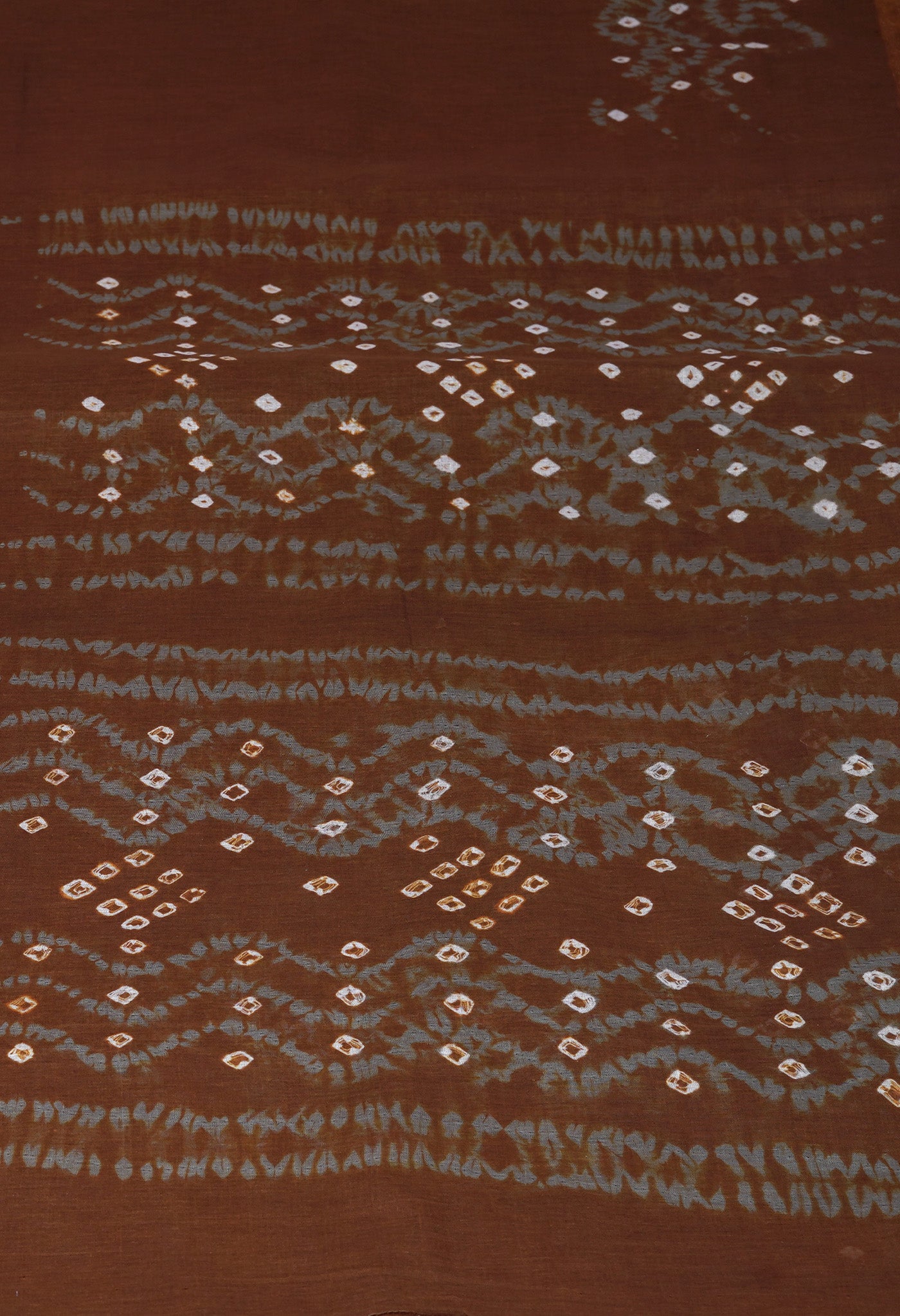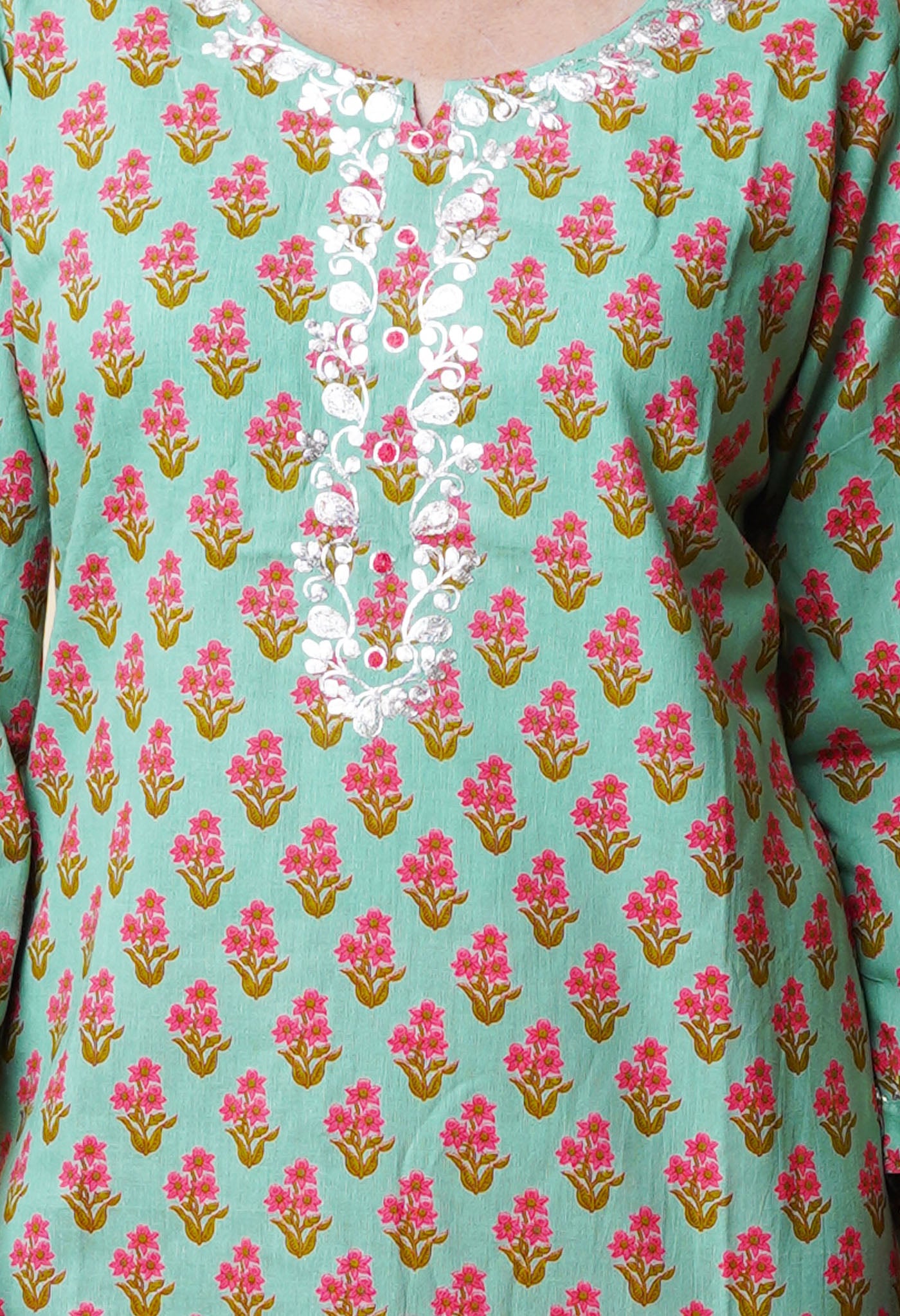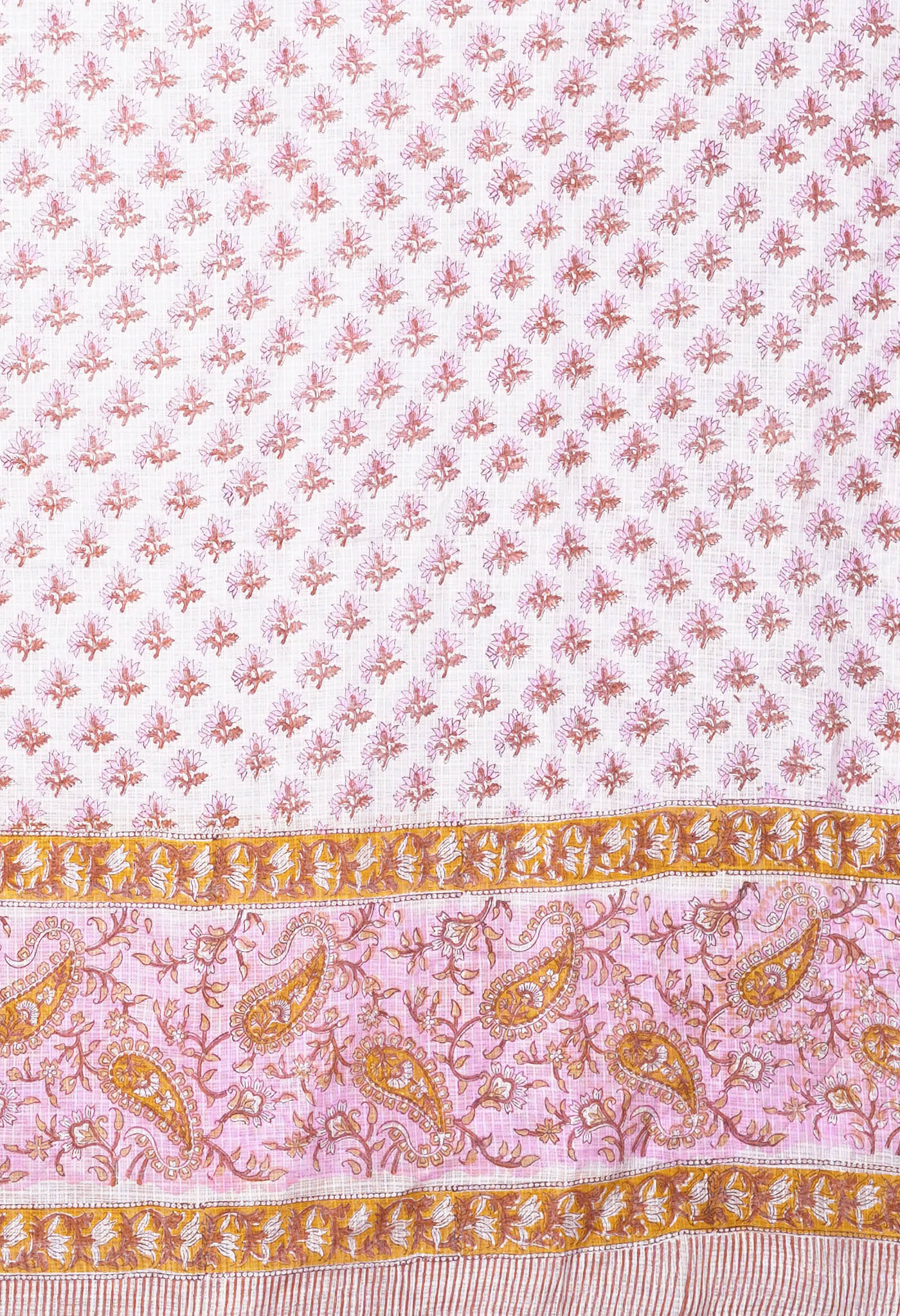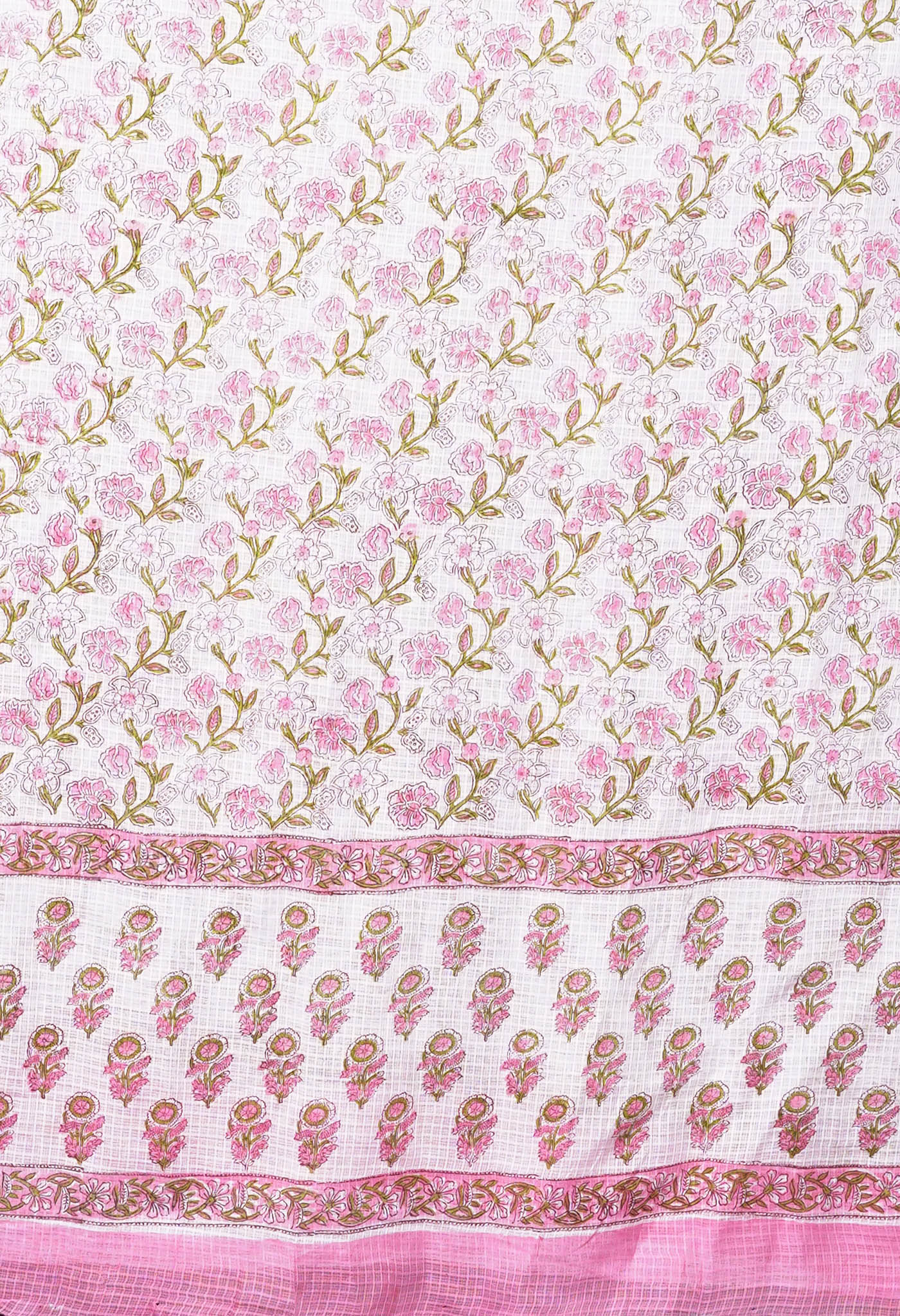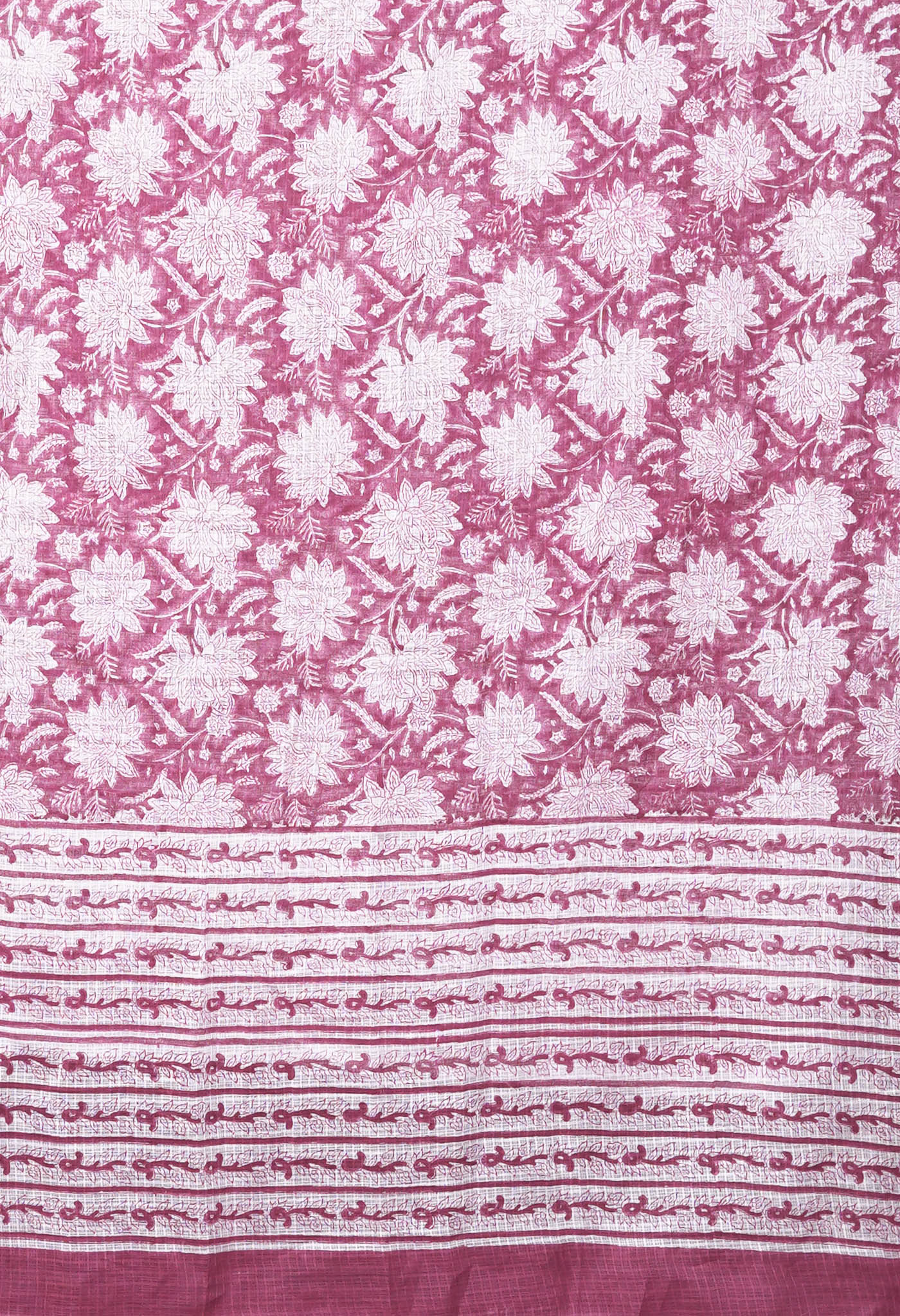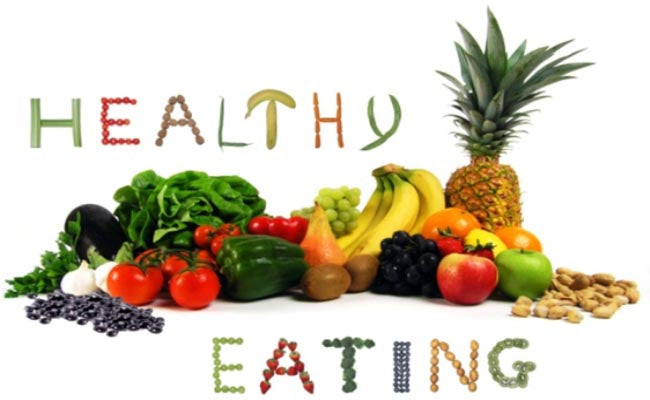
Planning a balanced diet
There is an old maxim – we should eat to live and not live to eat. Better said than done! In this fast paced world when deadlines have to be met, regular schedules are upset by intermittent demands, a hurried lunch hour to erratic dinner timings, lots of junk food to make-do for the hunger pangs, and you are soon led into a ‘waist full of waste’.
No wonder the urban populace has contributed to a whole new breed of health clinics, spas, gymnasiums and what-not to get that 1-inch to three inches or maybe even more of ungainly flesh reduced to reasonable levels of accumulation, for the benefit of one’s health and others’ eyes.
[/vc_column_text][/vc_column][/vc_row][vc_row][vc_column][vc_gallery type="flexslider_slide" interval="3" images="11815,11814,11813" img_size="650*400"][vc_column_text]
Adverse effects of irresponsible habits
What leads to the ‘battle of the bulge’? The bulge of pot bellies, the uneven lumps of hanging down flesh, the thick mounds of flesh around the stomach or waist, thighs and the rear portions from a life of consuming a lot and spending too little of the calories that come with what we eat. It is from eating fat producing substances like oil, ghee, cream, or other foodstuffs that pile up the calories with every partaking. If the calories were burnt from activity, the body could still maintain its shape. But the sedentary life styles that have less physical movement, more of comfort and ease through modern-day gadgetry ensure the piling up of calories to unhealthy levels to be stored as fat.
Result – loss of breath in exerting even slightly, tiredness, general feeling of lassitude, heaviness in movement, leading to more severe conditions of blood pressure and other serious conditions.
Changing our diet
Health researchers and others from the
 medical fraternity have one thing to opine. The health of the body can be maintained even with changes in our diet to quite some extent. For which they say:
medical fraternity have one thing to opine. The health of the body can be maintained even with changes in our diet to quite some extent. For which they say:- Every particle of food however negligible the quantity taken in, produces calories.
- A rough thumb rule for a minimum of calories required by the body for the routine functions is between 1000 to 1500 calories. The daily intake should not fall below 1000 calories but should not exceed (current weight in Kgs x 24).
When we want to lose weight it should not be more than 500 calories from the maximum daily intake to avoid unhealthy side effects. e.g. if you are weighing 90 Kg. and your maximum calorie intake is 90 x 24 = 2160 calories per day, the initial reduction rate prescribed is 2160 – 500 = 1660 calories. This can continue till you achieve a healthy weight based on the BMI (Body Mass Index) prescribed for you. BMI = weight in Kg. / height in cms. or lb./inch. The indexes are available as a chart which specifies normal, overweight and obese, to more than obese in extreme cases.

[/vc_column_text][/vc_column][/vc_row][vc_row][vc_column][vc_column_text]Following a balanced diet
What should be consumed to maintain high energy levels for daily functions and slight surplus for exerting at times for some activities? What can be consumed to maintain a fine balance of foodstuff consumption so that the calorie intake is as desired? What are the changes that can be made in the regular diet to remain healthy and fit?
Sample table
A table is shown based on the amount of calories that an item being consumed would roughly contribute, calculated based on scientific tests carried out on them in different conditions. From this table a rough diet plan could be planned. This sample diet plan contains mostly Indian foodstuffs. Other types of diet would have other items different from these and having their own calorific values. The basic idea is to choose foodstuffs in a meal that would bring about the calorie results that we desire to have balanced consumption that would lead to better health. One can have diets based on a current lifestyle – the energetic and quick spending ones could exceed the calculated calories slightly in the daily intake, the sluggish or sedentary lifestyle types should try to take reduced calorie meals to also balance the intake and stay fit.
[/vc_column_text][/vc_column][/vc_row]
| Breakfast | Lunch/Dinner | Beverages | ||||||
| Egg boiled | 1 | 80 | Cooked Rice/Plain | 1 cup | 120 | Tea/Black/without sugar | 1 cup | 10 |
| Egg Poached | 1 | 80 | Cooked Rice/Fried | 1 cup | 150 | Coffee/Black/without sugar | 1 cup | 10 |
| Egg Fried | 1 | 110 | Chapati | 1 | 60 | Tea with milk & sugar | 1 cup | 45 |
| Egg Omelet | 1 | 120 | Puri | 1 | 75 | Coffee with milk & sugar | 1 cup | 45 |
| Bread slice | 1 | 45 | Paratha | 1 | 150 | Milk without sugar | 1 cup | 60 |
| Bread slice with butter | 1 | 90 | Nan | 1 | 150 | Milk with sugar | 1 cup | 75 |
| Chapati | 1 | 60 | Dal | 1 cup | 150 | Milk with sugar, Horlicks | 1 cup | 120 |
| Puri | 1 | 75 | Sambhar | 1 cup | 150 | Fruit Juice, concentrated | 1 cup | 120 |
| Paratha | 1 | 150 | Curd | 1 cup | 100 | Soft Drinks | 1 bottle | 90 |
| Subji | 1 cup | 150 | Curry/Vegetable | 1 cup | 150 | Beer | 1 bottle | 200 |
| Idli | 1 | 100 | Curry/Meat | 1 cup | 175 | Soda | 1 bottle | 10 |
| Dosa Plain | 1 | 120 | Salad | 1 cup | 100 | Alcohol neat | 1 peg, small | 75 |
| Dosa Masala | 1 | 250 | Papad | 1 | 45 | |||
| Sambhar | 1 cup | 150 | Cutlet | 1 | 75 | |||
| Pickle | 1 tsp | 30 | ||||||
| Soup/Clear | 1 cup | 75 | ||||||
| Soup/Heavy | 1 cup | 75 | ||||||
| Fruit | 1 helping | 150 | ||||||
| 75 |
| Miscellaneous & North Indian | International food | ||||
| Porridge | 1 cup | 150 | Bread Slices with Butter & Jam/Cheese, etc. | 1 | 120 |
| Jam | 1 tsp | 30 | Breakfast cereal with milk sweetened | 1 cup | 130 |
| Butter | 1 tsp | 50 | Porridge & Milk | 1 cup | 120 |
| Ghee | 1 tsp | 50 | Porridge & Milk sweetened | 1 cup | 150 |
| Sugar | 1 tsp | 30 | Sausage, bacon,ham etc. fried | 1 helping | 120 |
| Biscuit | 1 | 30 | Potato mash | 1 cup | 100 |
| Fried Nuts | 1 cup | 300 | Potato fried | 1 cup | 200 |
| Puddings | 1 cup | 200 | Sandwich large | 1 | 250 |
| Ice-cream | 1 cup | 200 | Hamburger | 1 pc | 250 |
| Milk-Shake | 1 glass | 200 | Steak & Salad | 1 plate | 300 |
| Wafers | 1 pkt | 120 | Spaghetti & meat, sauce etc. | 1 plate | 450 |
| Samosa | 1 | 100 | Baked dish | 1 helping | 400 |
| Bhel Puri/Pani Puri | 1 helping | 150 | Fried Chicken | 1 helping | 200 |
| Kebab | 1 plate | 150 | Chinese noodles | 1 plate | 450 |
| Indian sweets/mithai | 1 pc | 150 | Chinese Fried Rice | 1 plate | 450 |
| Pizza | 1 plate | 400 |
Diet planning is fun, result-oriented and pays off in ways more than one. All it requires is the correct understanding about our habits and the lifestyle that we are currently leading, to re-orient ourselves to the diet plan that could suit us best.






